
Home
Page
Korczowski Contemporary Art
 |
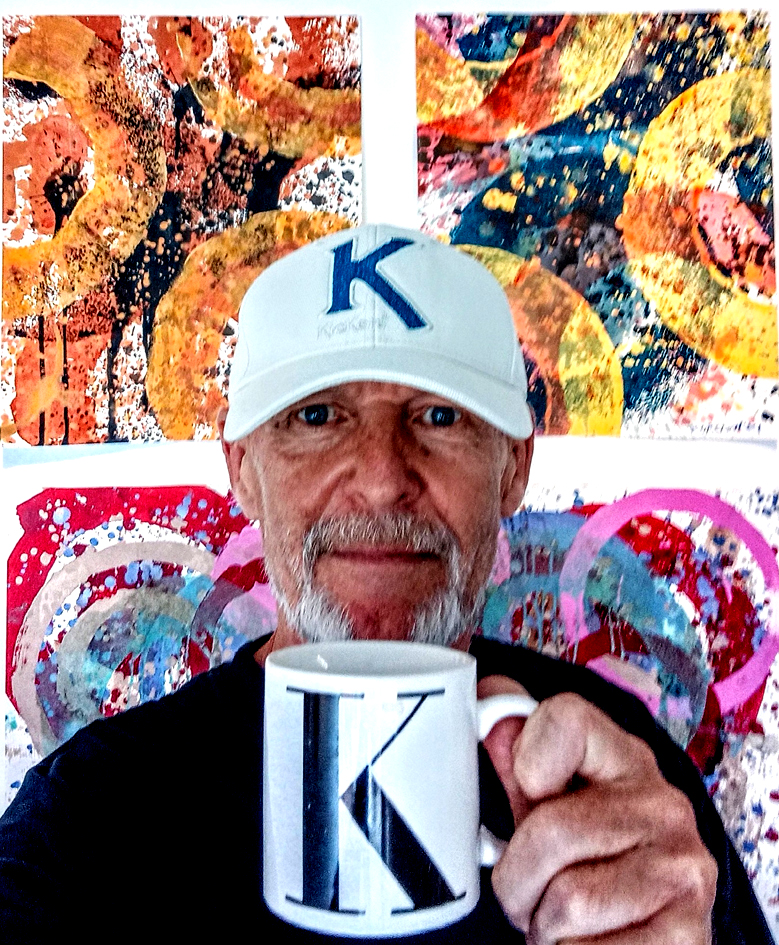 |
Korczowski Gravity Avivson Gallery 49
Highgate High Street |
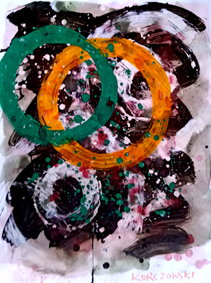 |
 |
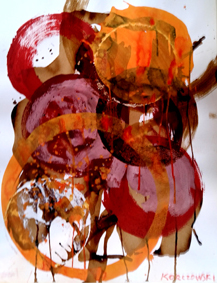 |
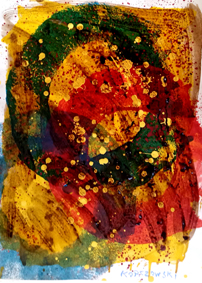 |
 |
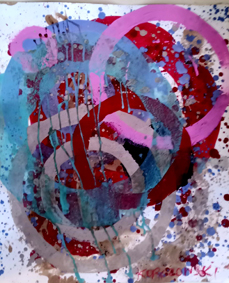 |
 |
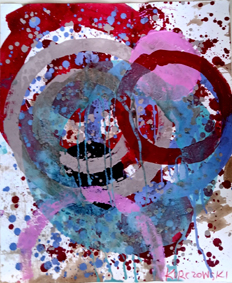 |
 |
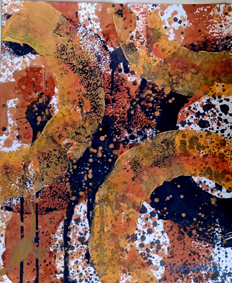 |
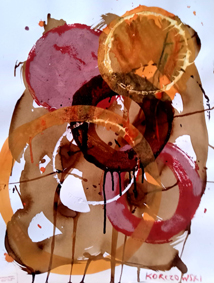 |
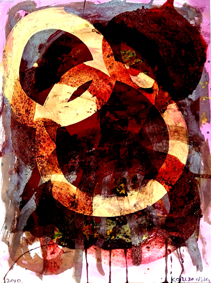 |
|
Korczowski paintings, although seemingly abstract, consist of many small elements with symbolic features. They are a record of the artist's experiences, thoughts and journeys: both physical and spiritual. That is why his art is sometimes referred to as: a "symbolic abstractionism". Known for his abstract and symbolic works, Korczowski often incorporates signs, scripts, and sacred iconography into his paintings. His acclaimed “Written Paintings” series explores the visual language of writing and spirituality. However,
we should start from the beginning: from 1980's and his "Letters".
Who else is writing letters today? Not emails sent in a hurry, not formal
notifications, received from offices, banks and companies? Who else conducts
correspondence, handwritten, calligraphic, thoughtful? Who shares their
thoughts, secrets with others, or discusses topics that concern them?
One of the possible answers may be the artist - Bogdan Korczowski. Bogdan
has been conducting correspondence, real or imaginary, since 1980. In
each of his paintings, not only from the "Ecriture" series,
he sends artistic messages: to Kazimierz Malewicz, to Tadeusz Kantor,
to You. In return, he asks the recipient to respond in the form of an
artistic experience. His letters are written on canvas, full of simple
pictograms, ideograms and signs. What is their meaning, are they symbols?
That depends only on the viewer. Symbols differ from a pictogram, ideogram
or sign in that they have an additional hidden meaning. Bogdan
Korczowski, in his subsequent works, is heading towards Eastern cultures,
especially towards Buddhism, as can be seen in the paintings entitled
NAMMYO. Buddhist practices, defined in 1253 by Nichiren Daishonin , say
that "Namu" - means sacrifice and "Myoho" - mystical
law. So, it's time for a spiritual journey, from which it is also worth
sending the Letter: thoughtful, carefully written down or, as the artist
does, painted. |
|
.Bogdan
Korczowski was born in 1954 in Kraków
to which he is still emotionally attached.
"A Traveler with no Luggage" by Heloise Hautemaniere This is a horrifying feeling when one observes that he has been more attracted to the shadow than to the light. Upon
discovering the pictures by Bogdan Korczowski, the first impulse is to
reject them in order not to get exposed to danger. Let me invite you for
an intriguing, disturbing journey to the dark, tormenting and unsettling
world of this artist. The memory has been incorporated and it has been
picking up a |